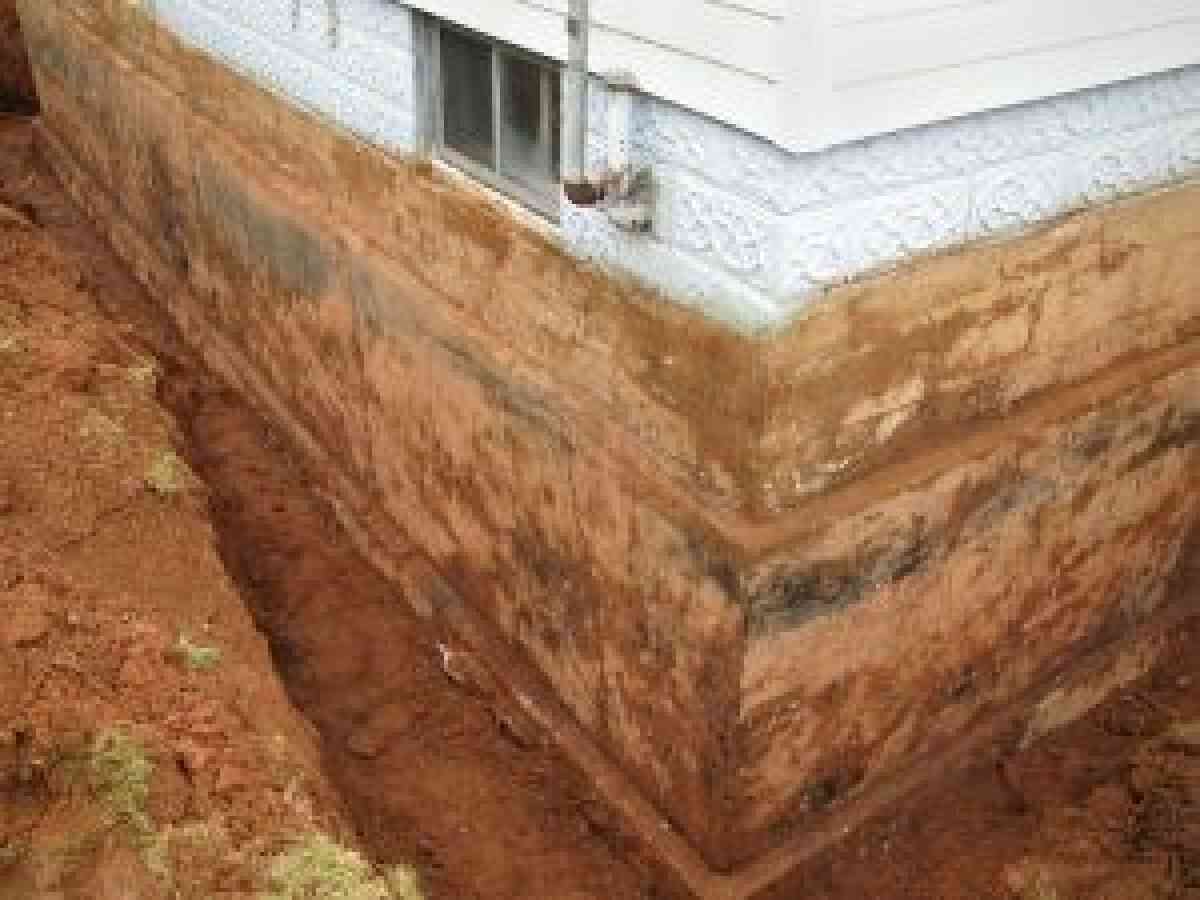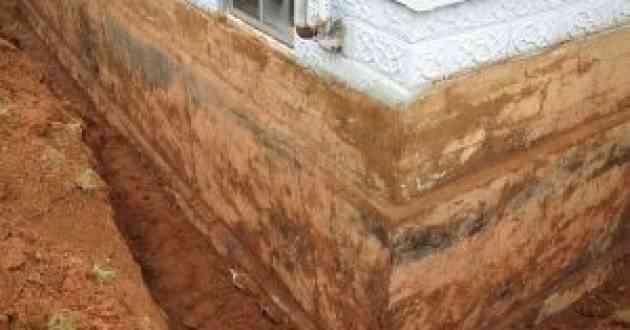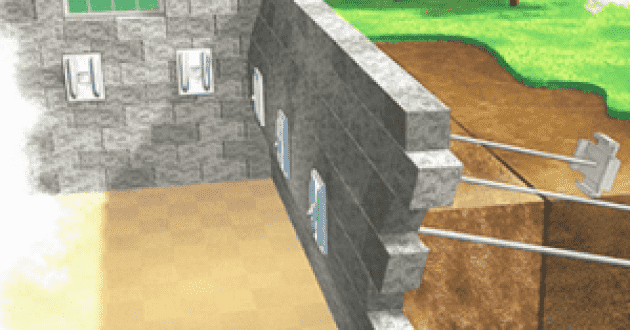Causes And Risks Of A Bowing Basement Wall
- - Category: Constrution
- - 26 Apr, 2023
- - Views: 177
- Save

Prepare yourself with the causes and risks of a bowing basement wall.
Repair Strategies for Bowing Basement Walls: An Overview
Repair strategies for bowing basement walls vary depending on the severity of the damage. In general, however, it is important to address the issue as soon as possible to prevent further deterioration and potential collapse. One common strategy involves installing steel beams, which are anchored into undisturbed soil outside of the foundation wall and then attached to brackets installed inside of the basement. This creates a counteracting force that stabilizes the bowing wall. Another approach uses carbon fiber straps applied directly to the interior surface of the wall using epoxy adhesive. These straps provide additional reinforcement along with enhanced flexibility compared to steel beams, making them a good option for walls that have minimal movement or stress but need extra support against future damage. An experienced contractor can recommend which repair strategy is best suited for your specific situation after conducting an inspection and assessment of your home's unique needs.
Reinforcing a Bowing Basement Wall with Steel Beams: Pros and Cons
When it comes to repairing bowing basement walls, one common method is the use of steel beams. These long, heavy-duty beams are installed into the walls via drilled holes and can help to distribute weight more evenly throughout the foundation. This added support can prevent further bowing and stabilize a weakened wall.
One advantage of using steel beams is their durability; they are known for being strong enough to last for many years. Additionally, this repair method does not require excavation work outside the home, making it less disruptive than some other methods.
However, there are also potential drawbacks to consider. Firstly, installing steel beams can be expensive due to their size and weight. Furthermore, while they stabilize existing damage, they do not necessarily prevent future issues from arising in other parts of the foundation.
Before choosing this repair method for your bowing basement wall, it's important to weigh both the pros and cons carefully with a professional contractor who specializes in foundation repairs.
Carbon Fiber Straps for Bowing Basement Walls: How They Work and When to Use Them
Carbon fiber straps are a popular method for repairing bowing basement walls. Installing carbon fiber straps involves applying a high-strength epoxy to the wall and attaching vertical strips of carbon fiber to it. The carbon fibers are then anchored to the home's framing, creating tension that reinforces the wall.
One advantage of carbon fiber straps is their low profile once installed, which allows for more usable space in the basement. They're also easy and quick to install compared to other methods, with most installations taking only one day.
However, it's important to note that not all bowing walls can be repaired using this method. Carbon fiber straps work best on walls that have bowed less than 2 inches and where there isn't significant displacement or horizontal cracking.
Additionally, while carbon fiber reinforcement does strengthen the wall and prevent further bowing, it doesn't address any underlying issues causing the problem in the first place. It's recommended that homeowners consult with a professional before deciding on a repair strategy for their bowing basement wall.
The Role of Waterproofing in Preventing Bowing Basement Walls
Understanding the Importance of Waterproofing in Basement Walls
Waterproofing is crucial in preventing bowing basement walls as it helps to keep water from seeping into the foundation. When soil surrounding the basement becomes saturated, it exerts pressure on the concrete walls causing them to bow inward. By waterproofing your basement walls, you prevent this process from occurring which ultimately keeps your foundation strong and stable. Additionally, waterproofing helps to eliminate excess moisture in the air which can lead to mold growth and structural damage over time. Investing in proper waterproofing measures early on can save homeowners significant costs in repairs down the line while also ensuring their home remains safe and secure.
How Poor Waterproofing Can Lead to Bowing Basement Walls
Water damage and hydrostatic pressure are two key factors that can cause a basement wall to bow. Poor waterproofing can allow water to seep into the foundation, leading to water damage and an increase in hydrostatic pressure. When the soil around the foundation becomes saturated with water, it exerts pressure on the walls, causing them to bow inward. This pressure can be strong enough to crack the walls and compromise their structural integrity. Proper waterproofing, including sealing cracks and installing drainage systems, can prevent water from entering the foundation and reduce the risk of bowing basement walls.
Effective Waterproofing Strategies to Prevent Bowing Walls
Effective waterproofing strategies can go a long way in preventing bowing basement walls. One key strategy is to ensure proper grading and drainage around the home's foundation, which prevents excess water accumulation at the base of the walls. Additionally, professional installation of high-quality exterior drainage systems such as French drains or footing drains can help divert water away from the foundation. Interior waterproofing techniques like installing sump pumps, vapor barriers, and sealants can also provide an extra layer of protection against moisture infiltration. Proper maintenance of gutters and downspouts to prevent clogging is essential for effective exterior drainage.
Repairing Bowing Basement Walls with Proper Waterproofing Techniques
One effective way to prevent bowing basement walls is through proper waterproofing techniques. Water can seep into the soil surrounding the foundation, causing it to expand and contract, which can lead to pressure on the walls. This pressure can cause them to bow or crack over time. By installing a waterproof membrane or coating on the exterior of the foundation, you can prevent water from seeping in and causing damage. Additionally, proper drainage systems such as gutters and downspouts can help divert water away from the foundation. These measures can help ensure that your basement walls remain strong and stable for years to come.
Maintaining a Strong Foundation: Tips for Preventing Bowing Basement Walls
Preventing bowing basement walls is crucial for maintaining a strong foundation. One important step is to ensure proper drainage around the perimeter of the house. This can be achieved by installing downspout extensions and grading the soil away from the foundation. Another important factor is to keep trees and shrubs at a safe distance from the house, as their roots can cause damage to the foundation. Regular maintenance of gutters and downspouts is also essential to prevent water from pooling around the foundation. In addition, it's important to monitor any changes in the basement walls and address them promptly before they become more serious issues. By taking these preventative measures, homeowners can avoid costly repairs and ensure a safe and stable foundation for their home.
In conclusion, bowing basement walls are not only unsightly but also pose a significant threat to the safety of your home. Understanding the causes and risks associated with this issue is critical in identifying signs early on and taking action before it's too late. Ignoring a bowing wall can lead to severe consequences like structural damage or even collapse. However, effective repair strategies such as reinforcing with steel beams or using carbon fiber straps can help restore your foundation's strength and prevent further damage. Additionally, proper waterproofing techniques and regular maintenance can go a long way in preventing future instances of bowing walls in your basement. Remember that addressing a bowing basement wall promptly could save you thousands of dollars in repairs down the line while ensuring the safety of you and your loved ones at all times!


